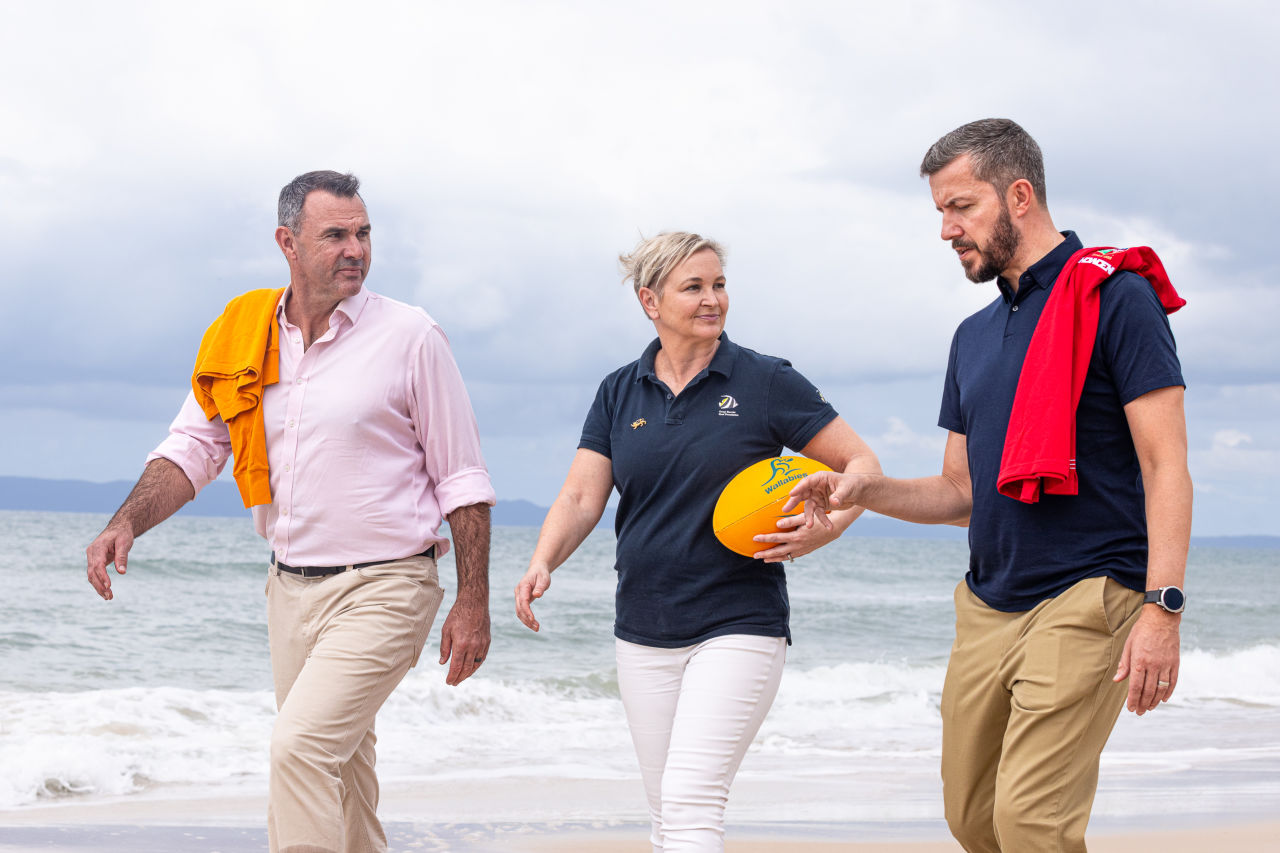ADF personnel commemorated the 81st anniversary of the first bombing of Darwin at a service hosted by the city on February 19.
The commemoration was accompanied by a re-enactment of the attack, dramatised by Army’s 8th/12th Regiment, Royal Australian Artillery, Navy vessels and a show-stopping pair of Air Force F-35A Lighting IIs.
On this date during WW2, more than 250 Allied service personnel and civilians were killed during a bombing raid by Japanese aircraft, in what was the largest single attack by a foreign nation on Australian soil.
More bombs fell on Darwin than on Pearl Harbor.
Eighty-eight American sailors on board USS Peary were killed in the bombing, which was the first of 97 air raids conducted in northern Australia.
F-35As from 75 Squadron flew from RAAF Base Tindal, and spectators watched on as the jets flew over the city and out across the ocean.
75 Squadron Commanding Officer Wing Commander Martin Parker said the squadron’s history was intrinsically linked to the bombing in 1942.
“As a result of the air raid, our squadron was formed and thrown into the battle of Port Moresby a few weeks later,” Wing Commander Parker said.
“The fly-past adds a really good element to the commemoration. It gives a sense of atmosphere, with the 8th/12th Regiment firing the M2A2 105mm howitzers, the Navy patrol boats and the noise of the jets.”
HMA Ships Hobart and Maryborough sailed in the harbour as part of the commemoration service.
At the Darwin cenotaph, meanwhile, gunners from 8th/12th Regiment conducted a re-enactment of the defence of Darwin, firing blank small arms and 105mm blank shells from four M2A2s.
Gunner Riley Watters has a personal connection to the day.
“My grandfather was in the Air Force at the time, so it does play a bit of significance for me. He would be happy knowing I was participating in the service,” he said.
Minister for Veterans’ Affairs and Defence Personnel Matt Keogh attended the ceremony and quoted a letter written by a sailor, Harry Dale, who was on board HMAS Karangi during the bombing of Darwin.
“We heard this low droning sound. It was a plane that sounded high up. Then it came into view. It was not one but many. They all glistened silver in the sun like they were painted with silver frost. It was the sun shining on them,” Mr Dale had written to his mother.
“It looked like nine, then another nine, then another nine. By now they were well in view coming across the harbour in a line, which to me was taking them straight up the town. As they got closer, I could see their bombs starting to fall.”





